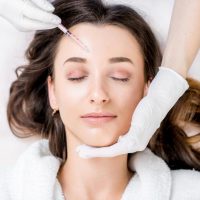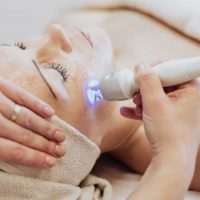The best dermal fillers for wrinkles are Juvederm, Restylane, and Radiesse. These FDA-approved gel substances inject under skin to smooth lines and restore volume. Each filler targets different wrinkle types and depths based on molecular composition and injection technique.
This comprehensive guide covers top filler choices, treatment costs, duration expectations, safety protocols, and which specific option works best for different wrinkle patterns across facial regions.
What Are Dermal Fillers and How Do They Address Wrinkles?
Dermal fillers are gel-like substances injected under skin to smooth wrinkles and restore facial volume. The FDA regulates dermal fillers as medical devices under strict safety guidelines. More than 1 million Americans receive filler treatments annually according to American Board of Cosmetic Surgery statistics.
Fillers work by replacing lost collagen and hyaluronic acid that decrease naturally with aging processes. Human skin loses approximately 1% of collagen yearly after age 30. This volume loss creates visible wrinkles, hollow facial areas, and sagging skin texture across different facial zones.
The injectable treatment process involves placing gel substances directly beneath wrinkle formations. This physical volume replacement immediately lifts depressed skin areas while stimulating natural healing responses. Different filler compositions target specific wrinkle depths and facial movement patterns.
Scientific Mechanism Behind Wrinkle Formation
Wrinkles develop through four primary biological processes that affect skin structure over time. Collagen protein breakdown reduces skin elasticity and firmness. Hyaluronic acid depletion decreases moisture retention and plumpness. Facial fat pad displacement creates volume loss in specific areas. Repeated muscle contractions etch permanent lines into skin surface.
Environmental factors accelerate these natural aging processes. UV radiation damages collagen fibers and elastic tissue. Pollution particles penetrate skin barriers and create inflammatory responses. Smoking reduces oxygen delivery to facial tissues. Poor hydration affects cellular repair mechanisms throughout facial regions.
Genetic predisposition influences individual wrinkle development patterns. Some people develop deeper nasolabial folds while others show more prominent forehead lines. Family history often predicts which facial areas will show aging signs first and most dramatically.
Which Dermal Fillers Work Best for Different Wrinkle Types?
Hyaluronic acid fillers work best for fine to moderate wrinkles across most facial areas. These include Juvederm and Restylane product families. Calcium hydroxylapatite fillers like Radiesse work better for deeper structural wrinkles requiring long-term volume support.
The molecular weight and cross-linking density determine filler performance characteristics. Smaller molecules integrate smoothly into superficial skin layers. Larger molecular structures provide deeper volumetric support for pronounced wrinkle formations.
Hyaluronic Acid Filler Categories
Hyaluronic acid fillers last 6-18 months and work effectively for fine to moderate wrinkle correction. HA occurs naturally in skin tissues and joint spaces throughout the human body. These fillers can be completely reversed using hyaluronidase enzyme injections if results prove unsatisfactory.
Juvederm Ultra contains smooth gel consistency that spreads evenly under skin surface. Clinical studies demonstrate 9-12 month duration for nasolabial fold treatments. The formula includes lidocaine numbing agent to reduce injection discomfort during treatment procedures.
Juvederm Vollure features flexible molecular structure designed for areas with frequent facial movement. Expression lines around mouth and nose respond well to this formulation. Results typically last 15-18 months according to FDA clinical trial data.
Juvederm Volbella targets superficial lines using fine particle technology. The thin consistency works effectively in delicate perioral regions. Duration averages 10-12 months for vertical lip lines and subtle volume enhancement.
Restylane Product Applications
Restylane products use cohesive gel technology that maintains position after injection placement. The granular texture provides excellent structural support for deeper wrinkle correction. XpresHAn cross-linking technology allows natural facial expression while maintaining wrinkle improvement.
Restylane Lyft addresses moderate to severe nasolabial folds and cheek volume loss simultaneously. The robust formulation lasts 12-15 months in most patients. Clinical studies show high satisfaction rates for midface rejuvenation applications.
Restylane Refyne targets dynamic wrinkles that appear during facial expressions. The flexible gel moves naturally with muscle contractions while maintaining wrinkle correction. Results last 12-18 months for laugh lines and moderate facial folds.
Restylane Defyne treats deeper static wrinkles that remain visible even without facial movement. The dense molecular structure provides long-lasting support for pronounced fold correction. Duration averages 15-18 months for severe wrinkle patterns.
Advanced Filler Technologies for Deep Wrinkle Correction
Calcium hydroxylapatite fillers stimulate natural collagen production while providing immediate wrinkle correction. Radiesse contains microspheres identical to mineral components found in human bone tissue. The biocompatible formula integrates safely with existing facial structures.
The collagen stimulation process begins within weeks of injection placement. CaHA microspheres create scaffolding that supports new tissue growth. This dual-action approach extends results beyond typical HA filler duration periods.
Radiesse works exceptionally well for deep nasolabial folds and marionette lines. The structural support addresses underlying volume loss that creates pronounced wrinkle formations. Patient satisfaction studies show 72.6% continued improvement at 6-month follow-up appointments.
Poly-L-Lactic Acid Collagen Stimulators
Sculptra stimulates natural collagen production gradually over 3-6 months for sustainable wrinkle reduction. PLLA particles dissolve completely while triggering fibroblast activity. New collagen formation continues for months after initial injection series completion.
The treatment protocol requires 2-3 sessions spaced 4-6 weeks apart. Results appear gradually as new collagen replaces lost facial volume. Final outcomes become visible 3-4 months after completing the injection series.
Sculptra addresses overall facial aging rather than individual wrinkle lines. The volumetric restoration approach creates natural-looking rejuvenation across multiple facial regions. Effects typically last 24-30 months according to clinical documentation.
Comprehensive Cost Analysis for Wrinkle Filler Treatments
The average cost of hyaluronic acid fillers is $715 per syringe according to American Society of Plastic Surgeons data. Non-hyaluronic acid fillers average $901 per syringe due to advanced formulations and longer-lasting results. Geographic location significantly impacts pricing variations across different markets.
Metropolitan areas typically charge 20-40% higher rates compared to suburban locations. Provider credentials and experience levels also influence treatment costs. Board-certified dermatologists and plastic surgeons command premium pricing for specialized expertise.
Detailed Pricing Structure by Product Category
Juvederm pricing ranges from $600-1,200 per syringe depending on specific product selection. Ultra formulations cost less than advanced Voluma preparations. Multiple syringe treatments often include volume discounts from qualified providers.
Restylane costs average $500-800 per syringe across different product lines. Lyft and Defyne command higher prices due to advanced cross-linking technology. Many practices offer package pricing for comprehensive facial rejuvenation protocols.
Radiesse treatments cost $650-900 per syringe for calcium hydroxylapatite formulations. The longer duration and collagen stimulation benefits justify premium pricing. Hand rejuvenation applications may require additional product quantities.
Sculptra sessions range from $800-1,200 per treatment appointment. The series protocol requires multiple visits for optimal results. Total investment typically ranges $2,400-3,600 for complete treatment series.
Hidden Costs and Additional Expenses
Consultation fees range from $50-200 at most aesthetic practices but may apply toward treatment costs. Touch-up appointments become necessary as filler effects diminish over time. Annual maintenance costs should factor into long-term budgeting decisions.
Some providers charge separate fees for numbing cream or aftercare products. Premium locations may include facility fees or administrative charges. Insurance never covers cosmetic filler treatments under standard coverage policies.
Emergency reversal treatments cost $300-600 if hyaluronidase injections become necessary. Complication management may require additional medical expenses. Always verify total treatment costs before beginning any filler protocol.
Duration Expectations and Longevity Factors
Hyaluronic acid fillers last 6-18 months depending on product formulation and individual metabolism rates. Injection depth and facial movement patterns significantly affect duration outcomes. Deeper placements typically last longer than superficial corrections.
Patient age influences filler longevity through metabolic activity variations. Younger patients may metabolize HA fillers faster due to higher cellular turnover. Exercise levels and sun exposure also impact how quickly fillers break down naturally.
The specific treatment area determines expected duration ranges. Lip injections fade fastest due to constant movement and saliva exposure. Cheek treatments last longest because of reduced muscle activity and deeper injection placement.
Area-Specific Duration Patterns
Nasolabial fold treatments last 9-15 months depending on filler selection and injection technique. Static folds respond better to treatment than dynamic wrinkles. Combining different filler types may extend overall duration expectations.
Crow’s feet corrections typically last 6-12 months due to frequent eye movement. The delicate skin texture requires specialized injection approaches. Botox Cosmetic Neurotoxins may provide better results for dynamic eye wrinkles.
Forehead wrinkle treatments show variable results depending on muscle activity patterns. Deep static lines may benefit from filler placement while dynamic wrinkles respond better to neurotoxin applications.
Marionette line corrections last 12-18 months when using appropriate filler density. The structural support requirements demand robust product formulations. Combination treatments often achieve superior aesthetic outcomes.
Safety Protocols and Risk Management
FDA clinical studies show high patient satisfaction rates with approved dermal filler products when administered properly. Most adverse reactions are mild and resolve spontaneously within days. Serious complications remain rare when treatments follow established safety protocols.
The FDA received 930 adverse event reports between 2003-2008 regarding filler treatments. Of these reports, 823 were classified as severe reactions requiring medical intervention. Proper provider selection dramatically reduces complication risks.
Common Side Effects and Expected Reactions
The most frequent side effects resolve naturally within one week of treatment completion. Understanding normal healing responses helps patients distinguish between expected reactions and concerning symptoms.
Immediate Post-Treatment Reactions: • Swelling affects 85% of patients and peaks within 24-48 hours before gradually subsiding over 3-5 days • Bruising occurs in 60-70% of cases and typically fades completely within 7-10 days with proper aftercare
Tenderness at injection sites is normal and typically resolves within 2-3 days. Over-the-counter pain relievers provide adequate comfort management. Avoid aspirin products that may increase bleeding risks.
Temporary asymmetry may occur immediately after treatment due to swelling variations. Final results become apparent after 14 days when inflammation subsides completely. Minor adjustments can be made during follow-up appointments.
Serious Complications and Prevention
Vascular occlusion represents the most serious filler complication with potential for permanent tissue damage. Accidental injection into blood vessels can block circulation to skin areas. Immediate recognition and treatment prevent permanent scarring or necrosis.
Qualified injectors understand facial anatomy and recognize danger zones with higher vascular density. Aspiration techniques and slow injection speeds reduce intravascular placement risks. Emergency protocols include hyaluronidase administration and hyperbaric oxygen therapy.
Infection rates remain extremely low when proper sterile technique is maintained. Bacterial contamination can occur through poor injection practices or contaminated products. Antibiotic treatment resolves most infectious complications when diagnosed early.
Granuloma formation represents delayed inflammatory responses to foreign material. These firm nodules may appear months after treatment completion. Steroid injections or surgical removal may become necessary for persistent lesions.
Provider Selection Criteria and Qualifications
Board-certified dermatologists and plastic surgeons provide the safest filler treatments due to extensive anatomical training. Medical education includes detailed study of facial blood vessels and nerve pathways. Specialized residency programs focus on aesthetic injection techniques and complication management.
Experience volume correlates directly with safety outcomes and aesthetic results. Providers performing 100+ filler treatments monthly develop superior technical skills. Ask potential injectors about their monthly procedure volumes and years of experience.
Essential Provider Qualifications
Medical license verification through state boards confirms legal authority to perform injectable treatments. Board certification in relevant specialties demonstrates advanced training and competency. Continuing education requirements maintain current knowledge of new techniques and products.
Hospital privileges may indicate higher credentialing standards and peer review processes. Academic affiliations often suggest involvement in research and advanced training programs. Professional society memberships demonstrate commitment to specialty advancement.
Malpractice insurance coverage protects both providers and patients from unexpected complications. Office accreditation confirms proper facility standards and emergency equipment availability. Ask about specific coverage amounts and policy details.
Red Flags and Warning Signs
Extremely low pricing may indicate inexperienced providers or counterfeit products. Legitimate filler products cost hundreds of dollars wholesale. Unrealistic promises about results or duration should raise immediate concerns.
Non-medical providers lack proper training in anatomy and emergency management. Spa settings may not have appropriate medical oversight or emergency equipment. Always verify medical credentials and facility accreditation status.
Pressure tactics or same-day treatment demands prevent proper consultation and planning. Reputable providers encourage patients to consider decisions carefully. Multiple treatment options should be discussed during consultation appointments.
Treatment Planning and Consultation Process
Comprehensive facial analysis determines optimal filler selection and injection patterns for individual wrinkle concerns. Providers evaluate facial anatomy, skin thickness, and movement patterns during detailed examinations. Medical history review identifies potential contraindications or risk factors.
Photography documentation creates baseline records for treatment planning and outcome assessment. Different lighting conditions reveal various aspects of facial aging patterns. Computer imaging may demonstrate potential treatment outcomes.
Patient goals and expectations require thorough discussion before treatment planning. Realistic outcomes depend on existing facial structure and aging patterns. Budget considerations may influence treatment sequencing and product selection.
Pre-Treatment Preparation Guidelines
Medical clearance may be required for patients with certain health conditions or medications. Blood thinning medications increase bruising and bleeding risks during injection procedures. Autoimmune disorders may affect healing responses and filler integration.
Facial Treatments can prepare skin for optimal filler results through improved texture and hydration. Chemical peels or microdermabrasion should be completed 2-4 weeks before filler appointments.
Avoid alcohol consumption for 24-48 hours before treatment to minimize bleeding risks. Discontinue fish oil and vitamin E supplements one week prior to appointment dates. Schedule treatments at least two weeks before important social events.
Social calendar planning prevents scheduling conflicts during recovery periods. Makeup application may be restricted for 24 hours after treatment completion. Plan comfortable clothing for appointment comfort and post-treatment care.
Advanced Injection Techniques and Placement Strategies
Micro-droplet injection techniques create smooth, natural-looking results across large treatment areas. Small volume placements distribute product evenly while maintaining facial expression. Linear threading methods work well for specific wrinkle patterns.
Cannula insertion reduces tissue trauma compared to multiple needle punctures. Blunt-tip cannulas navigate safely around blood vessels and nerves. This technique minimizes bruising and swelling while improving patient comfort.
Layered injection approaches address different tissue depths simultaneously. Superficial placements smooth surface irregularities while deep injections restore structural volume. This comprehensive method achieves superior aesthetic outcomes.
Anatomical Considerations for Optimal Results
Facial muscle patterns determine appropriate injection depths and filler selection. Dynamic wrinkles require different approaches than static fold corrections. Understanding muscle attachments prevents treatment of inappropriate areas.
Vascular anatomy knowledge prevents accidental intravascular injection complications. High-risk zones include glabellar region, nasolabial folds, and temple areas. Conservative volumes reduce risks while achieving satisfactory improvements.
Lymphatic drainage patterns influence post-treatment swelling distribution and resolution. Facial massage techniques may help accelerate fluid clearance. Proper patient positioning during treatment optimizes immediate results.
Post-Treatment Care and Recovery Optimization
Ice application during the first 24 hours reduces inflammatory swelling and patient discomfort. Apply cold packs for 10-minute intervals every hour while awake. Avoid direct ice contact with skin to prevent tissue damage.
Sleep position modifications help minimize overnight swelling accumulation. Elevate head and shoulders using extra pillows for 2-3 nights. Avoid sleeping on treated areas to prevent product displacement.
Activity restrictions prevent complications and optimize healing responses. Avoid strenuous exercise for 24-48 hours after treatment completion. Excessive heat exposure through saunas or hot yoga may increase swelling.
Skincare Modifications During Recovery
Gentle cleansing prevents infection while avoiding product displacement during initial healing. Use lukewarm water and mild cleansers for face washing. Avoid scrubbing or massage motions over treated areas.
Makeup application may resume after 24 hours if no complications develop. Use clean brushes and fresh products to prevent bacterial contamination. Mineral makeup formulations may be less irritating during recovery periods.
Chemical Peels should be postponed for 2-4 weeks after filler treatments. Aggressive skincare products may interfere with healing processes. Consult providers about appropriate skincare timing.
Sun protection becomes especially important during recovery periods. UV exposure may worsen inflammation and affect final results. Use broad-spectrum SPF 30 or higher daily for optimal protection.
Combination Treatment Approaches
Multiple treatment modalities often achieve superior results compared to single filler applications. Neurotoxin injections address dynamic wrinkles while fillers restore lost volume. This comprehensive approach targets different aspects of facial aging simultaneously.
Laser Skin Resurfacing improves skin texture and quality before filler placement. Better skin foundation enhances filler integration and overall aesthetic outcomes. Timing coordination prevents treatment interference.
Skin Tightening procedures complement volumetric restoration for comprehensive facial rejuvenation. Radiofrequency or ultrasound treatments improve skin elasticity. Combined approaches often reduce total treatment costs over time.
Strategic Treatment Sequencing
Structural volume restoration should precede superficial wrinkle correction for optimal facial harmony. Deep filler placement establishes proper facial proportions and support. Surface refinements complete the rejuvenation process effectively.
Neurotoxin treatments may be performed simultaneously with filler injections. Different injection depths prevent product interference. Coordinated treatment timing reduces total appointment requirements.
Maintenance schedules vary depending on individual metabolism and product selection. Staggered appointment timing maintains consistent results over extended periods. Exosome Microneedling may enhance filler longevity through improved tissue quality.
Age-Specific Treatment Considerations
Patients in their 30s typically require preventive treatments focusing on early wrinkle formation. Smaller volumes address initial volume loss while maintaining natural facial expressions. Conservative approaches prevent over-correction in younger patients.
Forties and fifties age groups benefit from comprehensive treatment addressing multiple aging signs. Combination approaches target both dynamic and static wrinkles effectively. PDO Threads may provide additional lifting benefits.
Mature patients over 60 may require structural restoration before superficial improvements. Significant volume loss demands strong filler formulations and larger treatment volumes. Realistic expectations become especially important for advanced aging patterns.
Hormonal Influences on Treatment Outcomes
Hormonal changes affect skin thickness and healing responses throughout different life stages. Pregnancy and breastfeeding represent absolute contraindications for filler treatments. Menopause may accelerate volume loss requiring adjusted treatment approaches.
Medication influences include blood thinners, steroids, and immunosuppressive drugs. These substances may affect healing responses and complication risks. Medical clearance becomes necessary for patients with complex medication regimens.
Autoimmune conditions may interfere with filler integration and longevity. Rheumatoid arthritis, lupus, and similar conditions require careful evaluation. Conservative treatment approaches reduce risks in immunocompromised patients.
Technology Advances and Future Developments
New cross-linking technologies extend filler duration while maintaining natural movement characteristics. Advanced manufacturing processes create more predictable product performance. Research continues into longer-lasting formulations with improved safety profiles.
Biomarker development may allow personalized filler selection based on individual metabolism patterns. Genetic testing could predict optimal treatment timing and product choices. Precision medicine approaches may revolutionize aesthetic treatment planning.
Regenerative medicine integration combines fillers with stem cell therapy or growth factors. These approaches may achieve more durable results through enhanced tissue regeneration. Clinical trials continue investigating combination treatment protocols.
Realistic Expectations and Outcome Optimization
Successful filler treatments require realistic expectations based on individual facial anatomy and aging patterns. Perfect symmetry rarely exists naturally and should not be treatment goals. Subtle improvements often provide more satisfactory long-term results than dramatic changes.
Individual healing responses vary significantly between patients. Some people develop more swelling or bruising despite identical treatment techniques. Genetic factors influence both immediate reactions and long-term results.
Maintenance requirements differ based on metabolism, lifestyle factors, and product selection. Active individuals may metabolize fillers faster requiring more frequent treatments. Radio Frequency Microneedling may help extend results through improved tissue quality.
Frequently Asked Questions
What is the best filler for deep wrinkles?
Radiesse works best for deep wrinkles because calcium hydroxylapatite microspheres provide structural support and stimulate natural collagen production.
Can filler treatments be completely reversed?
Hyaluronic acid fillers reverse completely within 24-48 hours using hyaluronidase enzyme injections administered by qualified medical providers.
Do dermal filler injections hurt during treatment?
Most patients describe mild pinching sensations during injection procedures, with lidocaine anesthetic providing significant comfort improvement.
How often do patients need filler touch-up treatments?
Touch-up frequency depends on filler type and treatment area, ranging from 6 months for lip treatments to 2+ years for Sculptra applications.
What happens if dermal filler results look uneven?
Minor asymmetries often resolve as swelling subsides over 14 days, while significant problems may require hyaluronidase reversal or corrective treatments.
Final Thoughts
Juvederm, Restylane, and Radiesse represent the most effective dermal filler choices for comprehensive wrinkle treatment. Each product category addresses specific wrinkle types through different mechanisms of action. Hyaluronic acid fillers provide excellent starting points for first-time patients due to proven safety profiles and reversibility options.
Provider selection significantly impacts both safety outcomes and aesthetic results. Board-certified specialists with extensive injection experience achieve superior outcomes with fewer complications. Comprehensive consultation processes help align treatment approaches with individual goals and expectations.
Realistic expectations and proper aftercare optimize treatment outcomes while minimizing potential complications. Combination approaches targeting multiple aging aspects often provide superior results compared to single treatment modalities. Long-term maintenance planning helps preserve investment while maintaining consistent aesthetic improvements.
Schedule a consultation to determine which specific dermal filler option best matches your individual wrinkle concerns and long-term aesthetic goals.
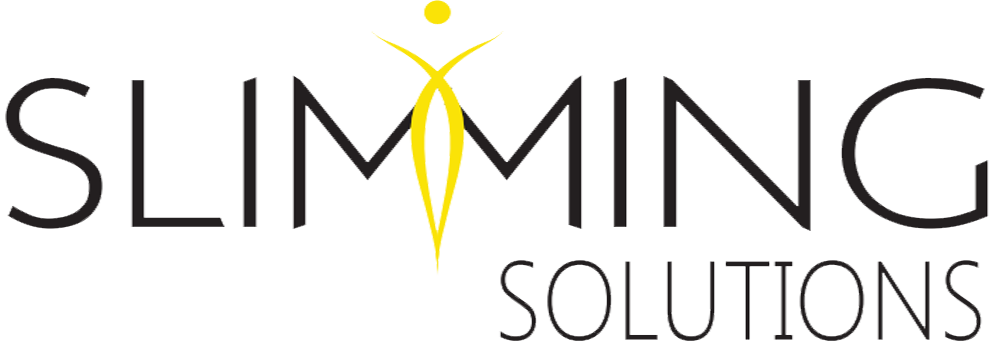

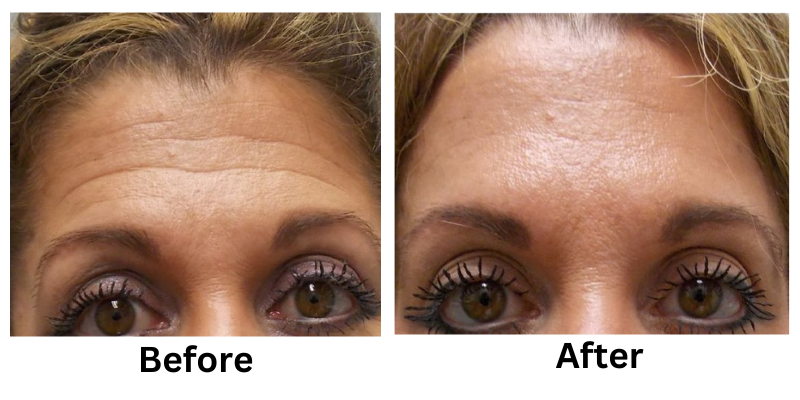
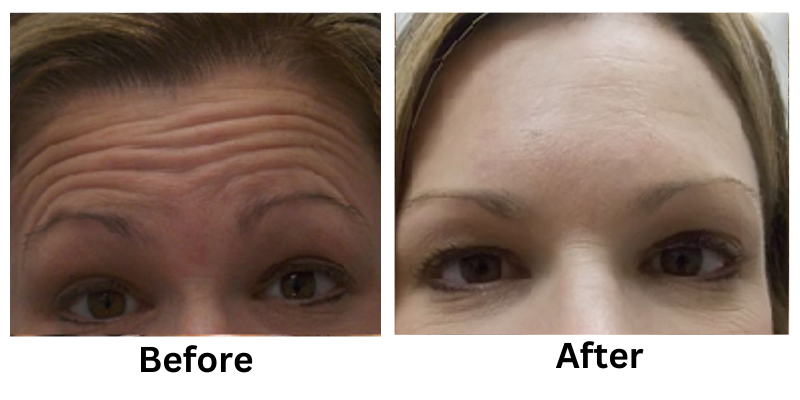
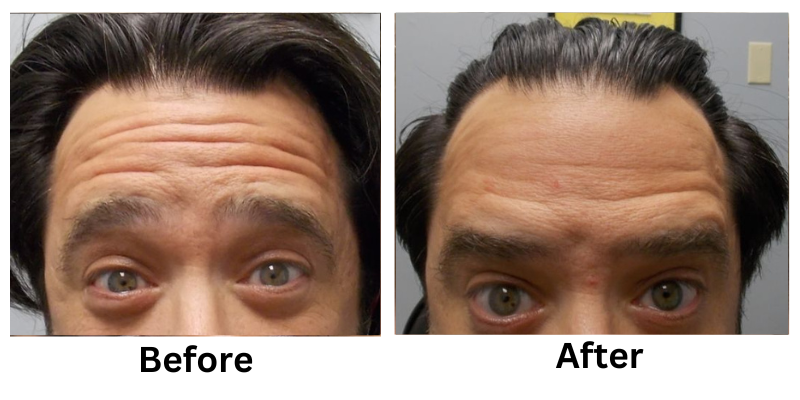
![[thumb]](https://slimmingsolutionsspa.com/wp-content/uploads/2023/12/botox1-150x150.png)
![[thumb]](https://slimmingsolutionsspa.com/wp-content/uploads/2023/12/Before2-150x150.png)
![[thumb]](https://slimmingsolutionsspa.com/wp-content/uploads/2023/12/Before3-150x150.png)
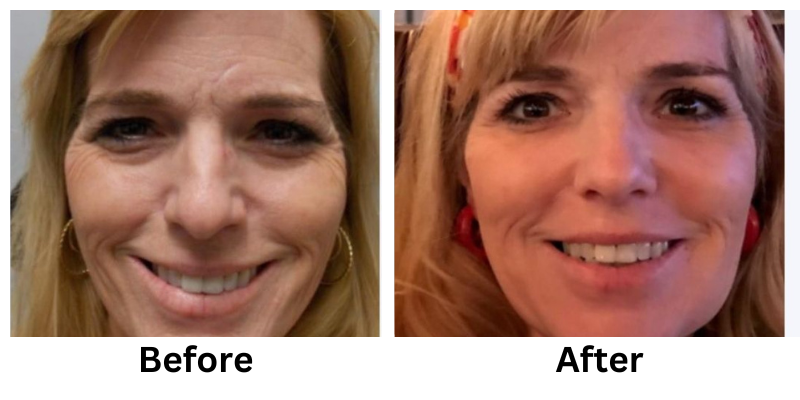
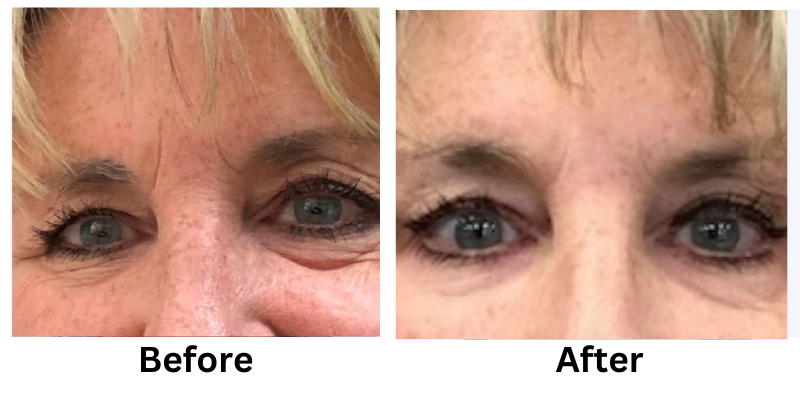
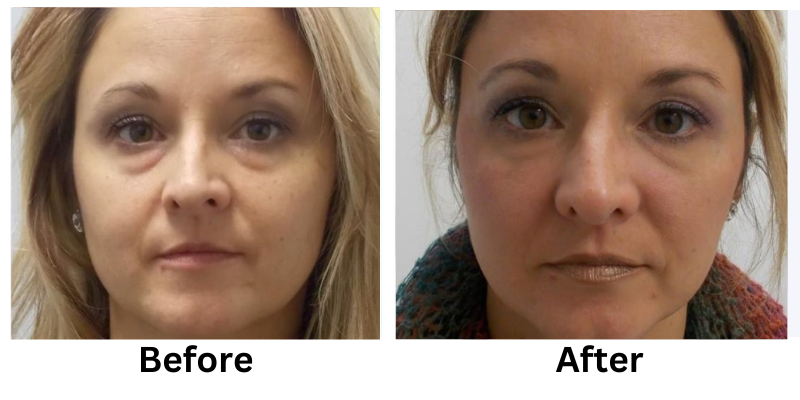
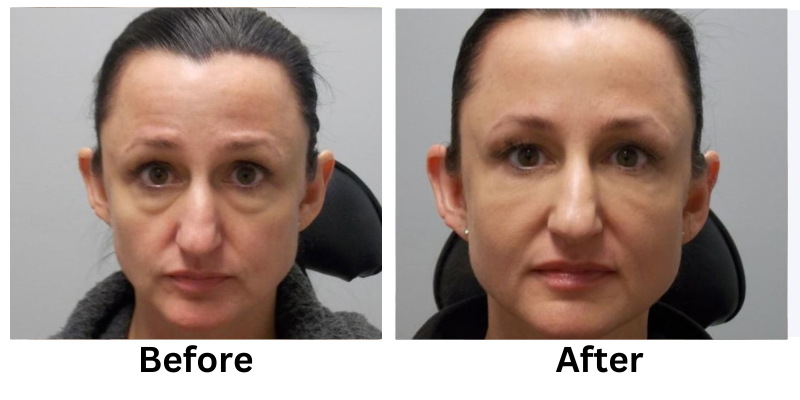
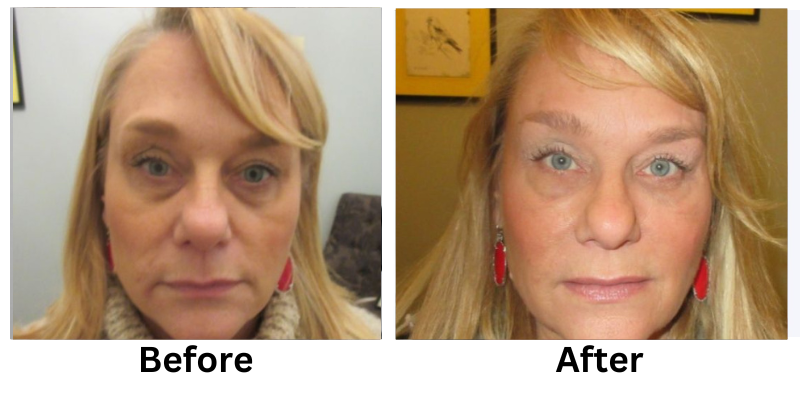


![[thumb]](https://slimmingsolutionsspa.com/wp-content/uploads/2023/12/revanesse-versa-1-150x150.png)
![[thumb]](https://slimmingsolutionsspa.com/wp-content/uploads/2023/12/revanesse-versa-2-150x150.png)
![[thumb]](https://slimmingsolutionsspa.com/wp-content/uploads/2023/12/revanesse-versa-3-150x150.png)
![[thumb]](https://slimmingsolutionsspa.com/wp-content/uploads/2023/12/revanesse-versa-4-150x150.png)
![[thumb]](https://slimmingsolutionsspa.com/wp-content/uploads/2023/12/revanesse-versa-5-150x150.png)
![[thumb]](https://slimmingsolutionsspa.com/wp-content/uploads/2024/01/Eyebrow-treatment-1-1-150x150.png)
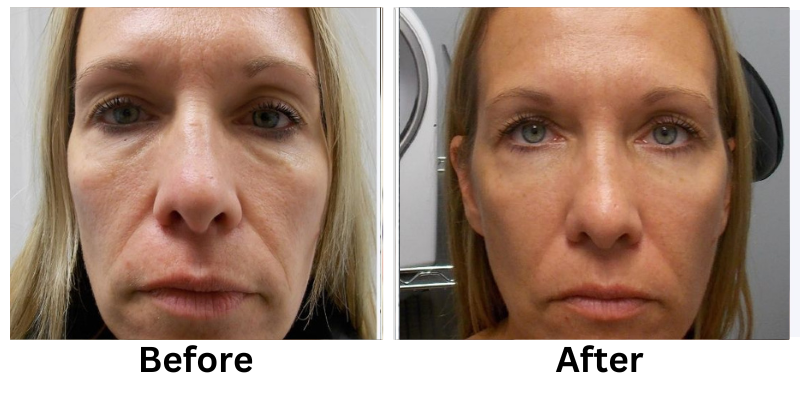

![[thumb]](https://slimmingsolutionsspa.com/wp-content/uploads/2023/12/Skin-Rejuvenation-1-150x150.png)
![[thumb]](https://slimmingsolutionsspa.com/wp-content/uploads/2023/12/Skin-Rejuvenation-2-150x150.png)


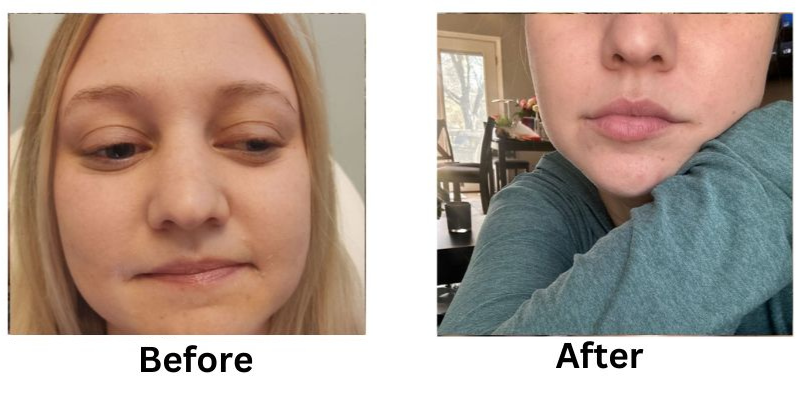
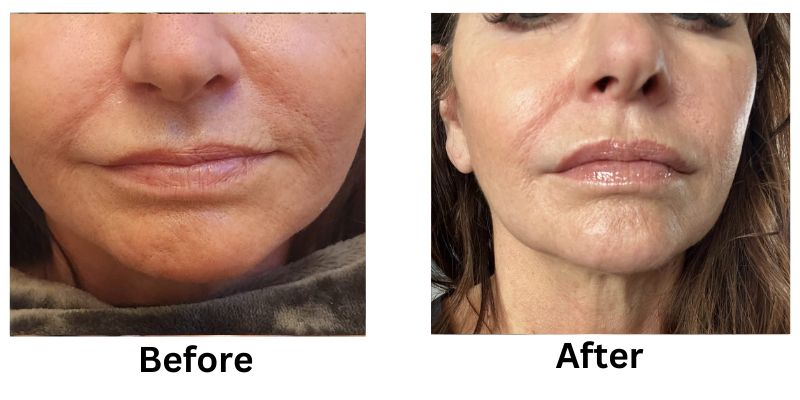
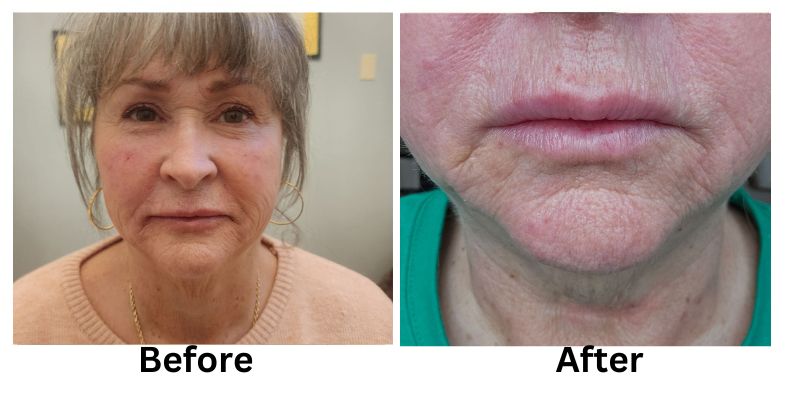
![[thumb]](https://slimmingsolutionsspa.com/wp-content/uploads/2024/01/Lip-Filler-1-150x150.png)
![[thumb]](https://slimmingsolutionsspa.com/wp-content/uploads/2024/01/Lip-Filler-2-150x150.png)
![[thumb]](https://slimmingsolutionsspa.com/wp-content/uploads/2025/02/Lip-Filler-1-150x150.png)
![[thumb]](https://slimmingsolutionsspa.com/wp-content/uploads/2024/01/Lip-Filler-150x150.jpg)
![[thumb]](https://slimmingsolutionsspa.com/wp-content/uploads/2024/01/Before-1-150x150.jpg)

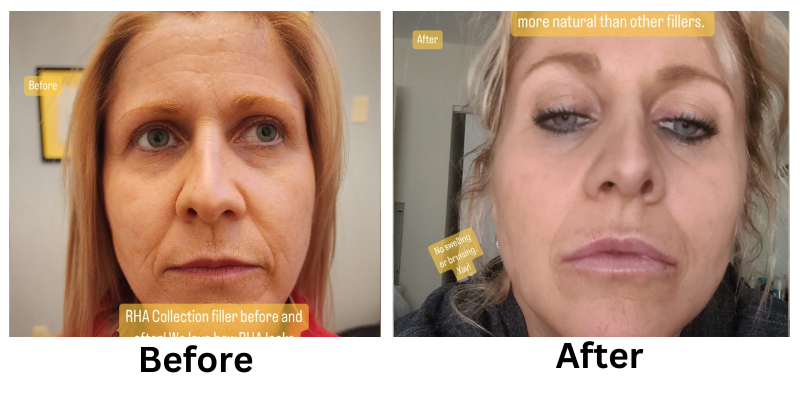

![[thumb]](https://slimmingsolutionsspa.com/wp-content/uploads/2024/01/RHA-Treatmetn-3-150x150.png)
![[thumb]](https://slimmingsolutionsspa.com/wp-content/uploads/2024/01/RHA-Treatmetn-2-150x150.png)
![[thumb]](https://slimmingsolutionsspa.com/wp-content/uploads/2024/01/RHA-Treatmetn-1-150x150.png)
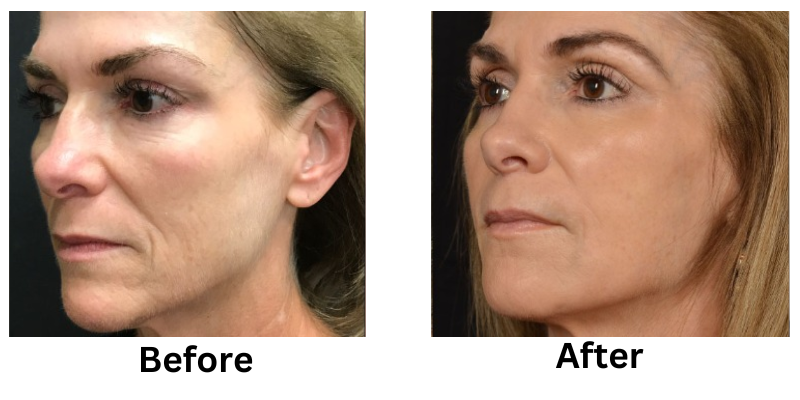
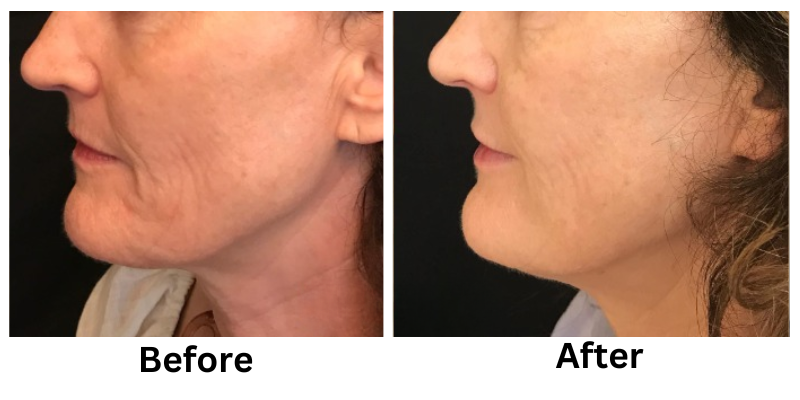
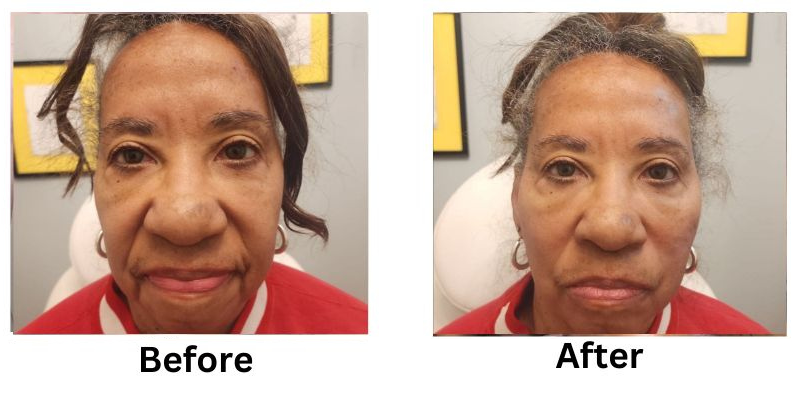
![[thumb]](https://slimmingsolutionsspa.com/wp-content/uploads/2024/01/Thread-Lifts-1-150x150.png)
![[thumb]](https://slimmingsolutionsspa.com/wp-content/uploads/2024/01/Thread-Lifts-2-150x150.png)
![[thumb]](https://slimmingsolutionsspa.com/wp-content/uploads/2025/02/Lip-Filler-2-150x150.png)
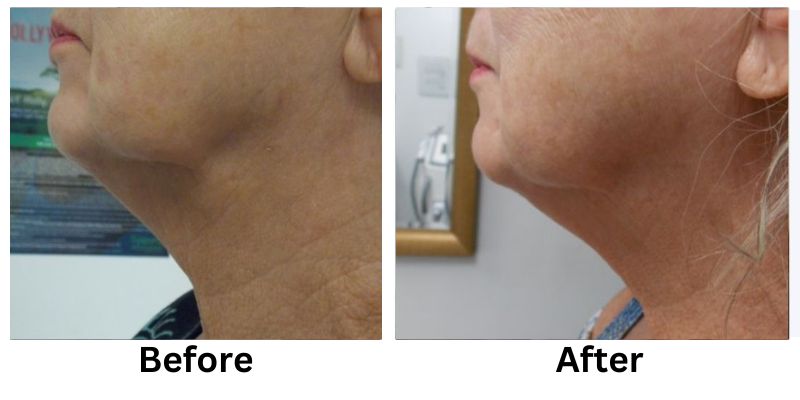


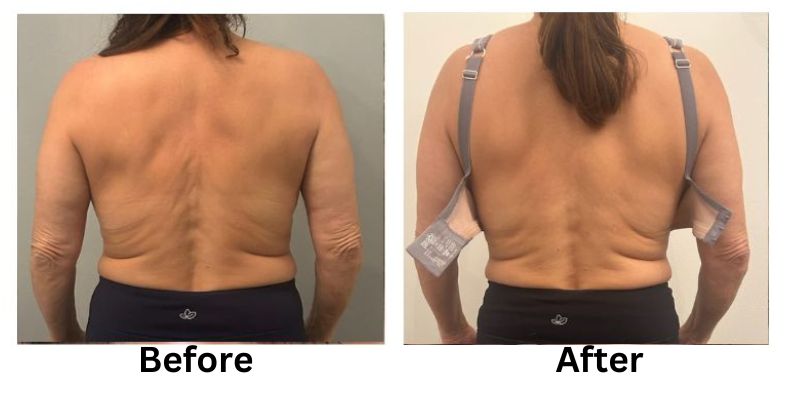
![[thumb]](https://slimmingsolutionsspa.com/wp-content/uploads/2023/12/skin-reuvulation1-150x150.png)
![[thumb]](https://slimmingsolutionsspa.com/wp-content/uploads/2023/12/skin-rejuvulation-2-150x150.png)
![[thumb]](https://slimmingsolutionsspa.com/wp-content/uploads/2023/12/Skin-Tighting-150x150.png)
![[thumb]](https://slimmingsolutionsspa.com/wp-content/uploads/2023/12/Before-150x150.jpg)
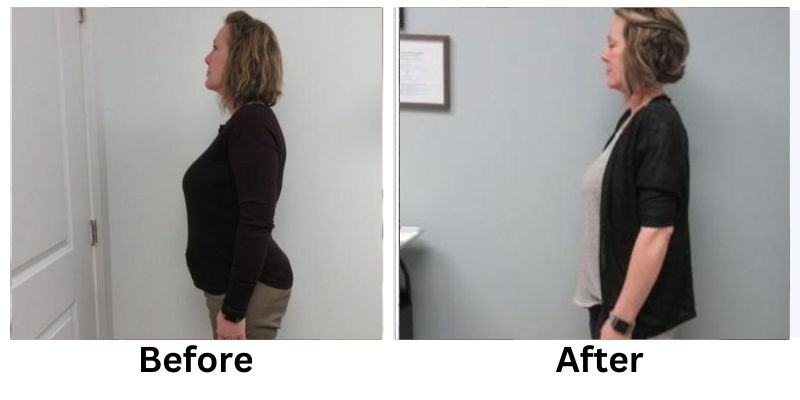
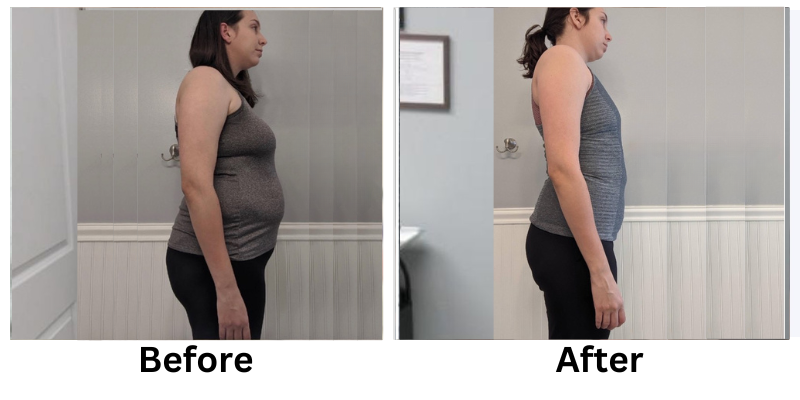
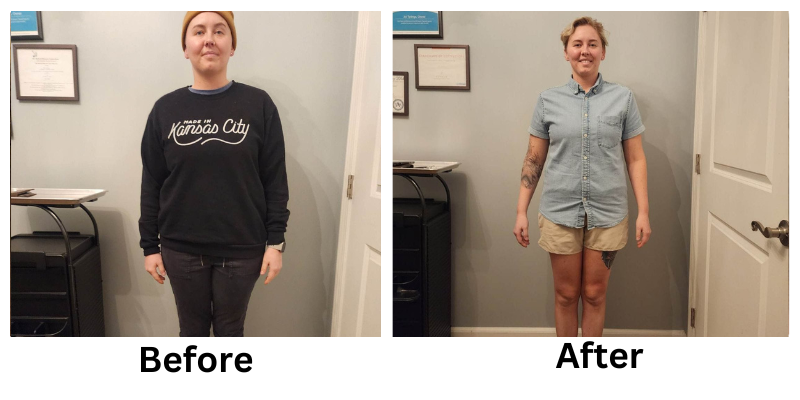
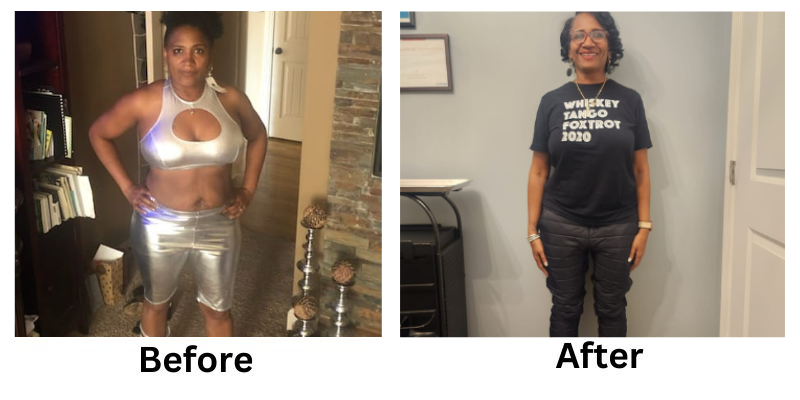
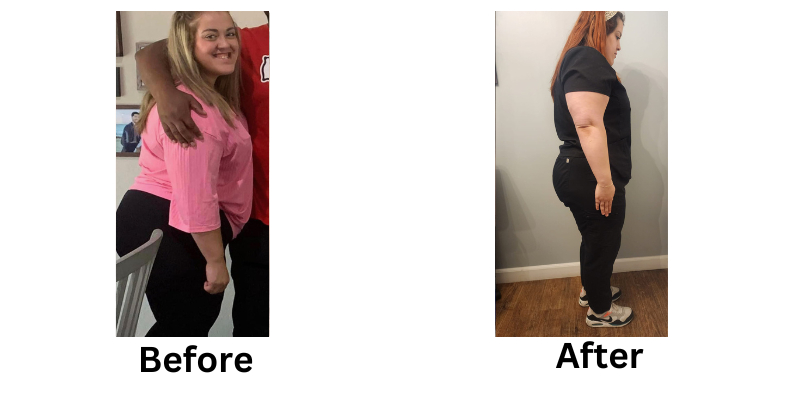
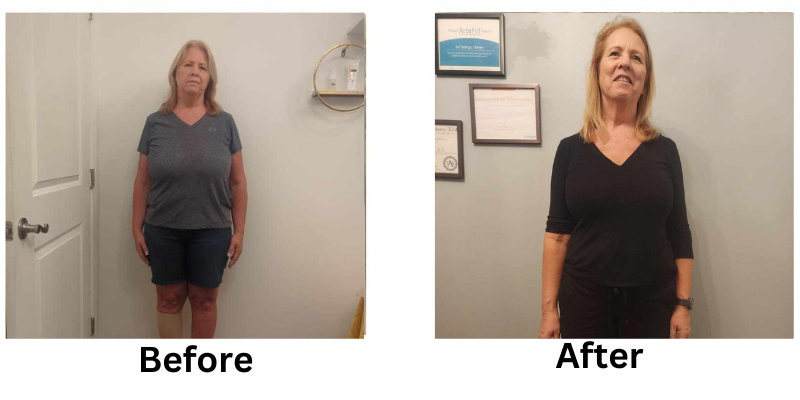
![[thumb]](https://slimmingsolutionsspa.com/wp-content/uploads/2023/12/weightloss-1-150x150.png)
![[thumb]](https://slimmingsolutionsspa.com/wp-content/uploads/2023/12/weightloss-2-150x150.png)
![[thumb]](https://slimmingsolutionsspa.com/wp-content/uploads/2023/12/2Weight-Loss-2-150x150.png)
![[thumb]](https://slimmingsolutionsspa.com/wp-content/uploads/2025/02/Weight-Loss-1-new-150x150.png)
![[thumb]](https://slimmingsolutionsspa.com/wp-content/uploads/2023/12/Weight-Loss-3-150x150.png)
![[thumb]](https://slimmingsolutionsspa.com/wp-content/uploads/2025/03/Slimming-Solutions-BA-Template-150x150.png)

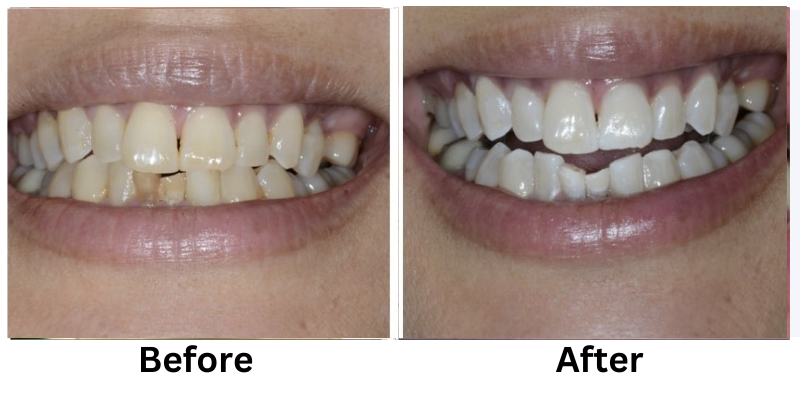
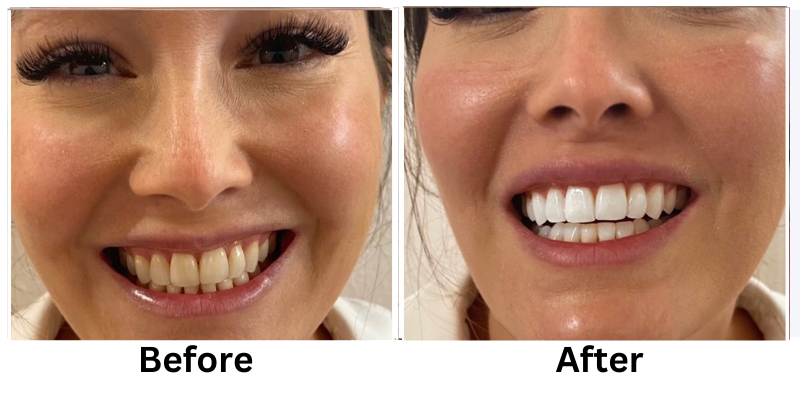

![[thumb]](https://slimmingsolutionsspa.com/wp-content/uploads/2023/12/dat3-150x150.png)
![[thumb]](https://slimmingsolutionsspa.com/wp-content/uploads/2023/12/dat-0-150x150.png)
![[thumb]](https://slimmingsolutionsspa.com/wp-content/uploads/2023/12/dat-1-150x150.png)
![[thumb]](https://slimmingsolutionsspa.com/wp-content/uploads/2023/12/Before-1-150x150.png)
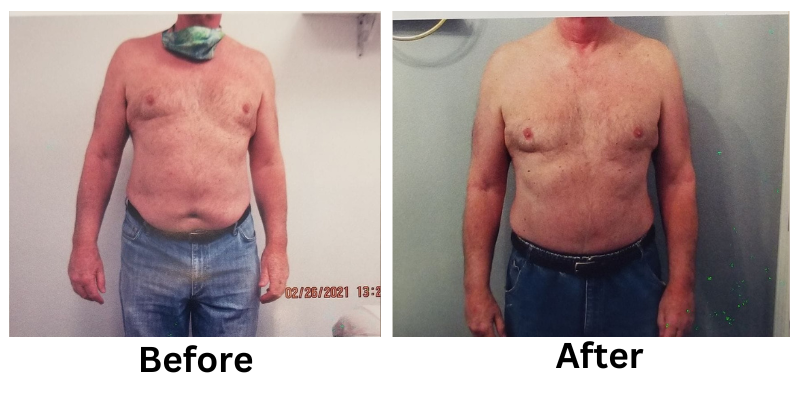

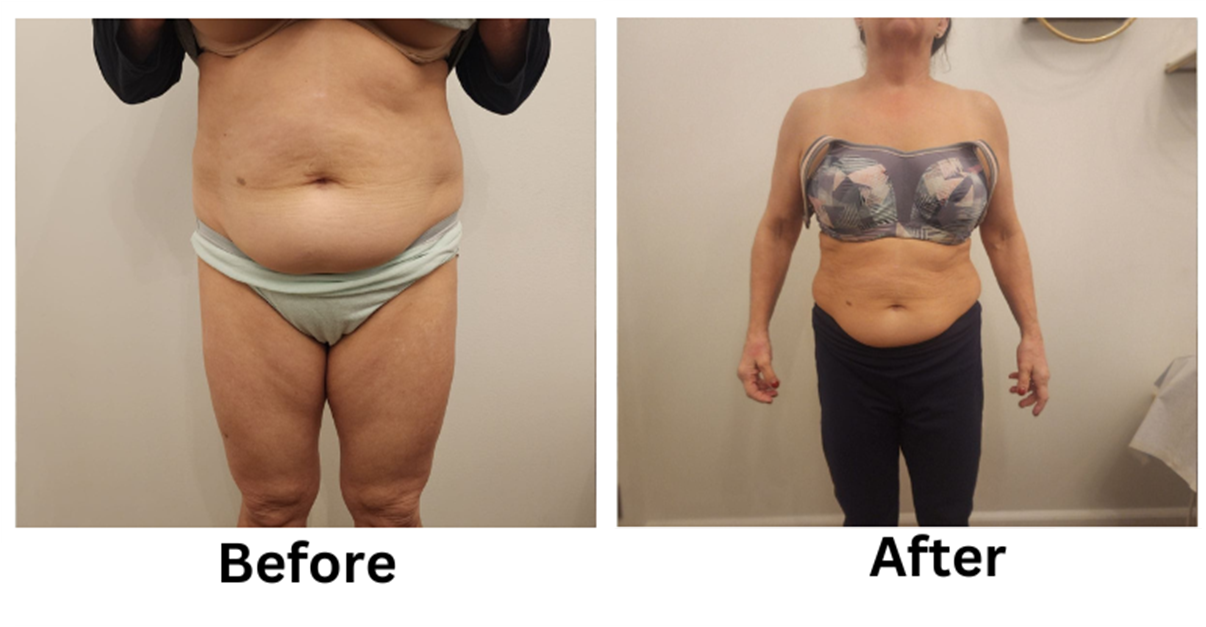
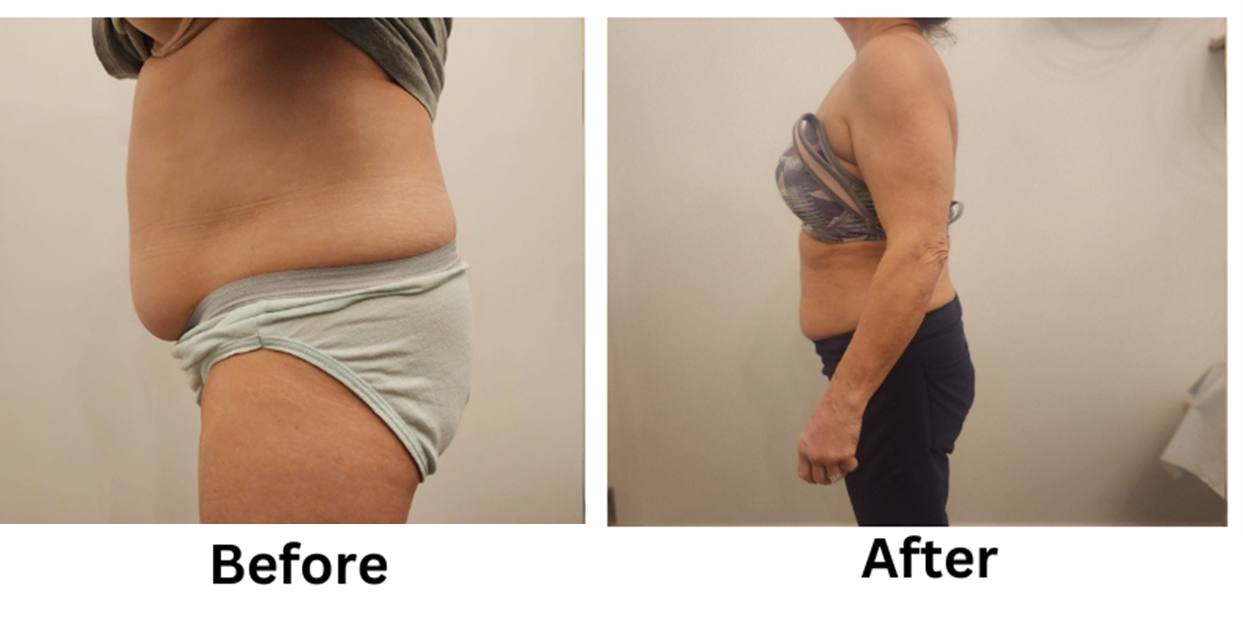
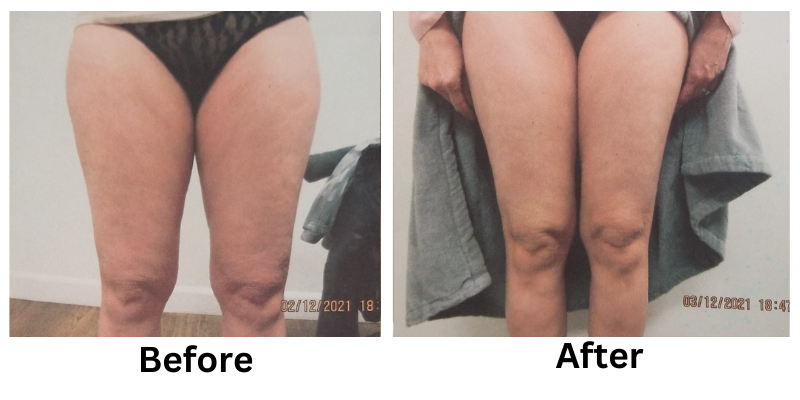
![[thumb]](https://slimmingsolutionsspa.com/wp-content/uploads/2024/01/EMS-Treatment-2-150x150.png)
![[thumb]](https://slimmingsolutionsspa.com/wp-content/uploads/2024/01/EMS-Treatment-1-150x150.png)
![[thumb]](https://slimmingsolutionsspa.com/wp-content/uploads/2025/02/ems-BNA-front-150x150.png)
![[thumb]](https://slimmingsolutionsspa.com/wp-content/uploads/2025/02/EMS-bna-SIDE-150x150.png)
![[thumb]](https://slimmingsolutionsspa.com/wp-content/uploads/2024/01/EMS-Treatment-6-150x150.png)
